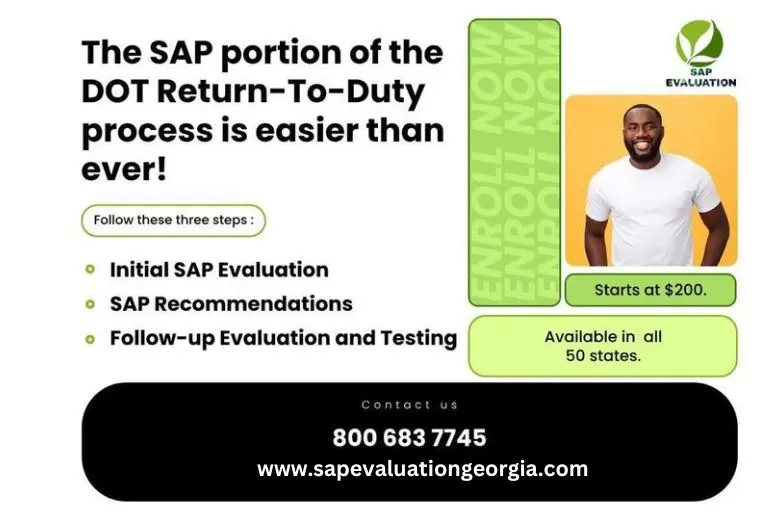1. Refusals of Reasonable Suspicion or Random Drug Tests
An RTD test may be mandated if an employee refuses to undergo a reasonable suspicion or random drug test. It’s important to note that refusing such tests can incur severe consequences, including potential termination of employment. The RTD test is a measure designed to ensure that the employee is fit to return to their duties, free from drug or alcohol influence.
2. Violations of Drug and Alcohol Policies
Workplaces establish specific drug and alcohol policies with the objective of maintaining a safe and productive work environment. If an employee contravenes these policies, they are typically required to take an RTD test. This ensures that the employee has addressed the violation and is ready to resume work in compliance with company policies.
3. Testing Positive on a Random or Reasonable Suspicion Drug Test
If an employee tests positive on a random or reasonable suspicion drug test, an RTD test is necessitated before they can resume their duties. This confirms that the employee has addressed their drug or alcohol problem and is now ready to return to work safely and productively.
Who Is Required to Take a Return to Duty Test?
Anyone who has violated the company’s drug and alcohol policies, refused a random or reasonable suspicion drug test, or tested positive on such tests is required to take an RTD test. All staff members are included in this, from those in entry-level jobs to senior management. The objective is to ensure that every individual in the workplace is functioning optimally and in a manner that guarantees safety for all.
What Is The Return-To-Duty (RTD) Process?
Return-to-Duty Process and Testing (Under Direct Observation)
The Return-to-Duty (RTD) process is a crucial step for employees who have violated drug and alcohol policies at the workplace. As per the regulations outlined in 49 CFR 40, Subpart O, this process involves specific steps to ensure that such employees can safely return to their duties.
Here’s a breakdown of the Return-to-Duty Process and Testing under direct observation:
- Referral to a Substance Abuse Professional (SAP): The first step in the RTD process is referring the employee to a Substance Abuse Professional. This professional evaluates the employee and determines the necessary education or treatment.
- Completion of Treatment/Education: The employee must complete any recommended education or treatment programs. This could range from attending an educational course about substance misuse to undergoing a full-fledged treatment program.
- Follow-Up Evaluation by SAP: After completing the program, the employee will be re-evaluated by the SAP. If the SAP is satisfied with the progress, they will give clearance for the employee to undergo the RTD test.
- Undergoing the RTD Test: The RTD test is performed under direct observation, meaning a same-gender observer will be present during the collection of the urine sample. This is to ensure that the sample is not tampered with.
- Negative Result Requirement: The RTD test must produce a negative result for the employee to be allowed to return to work. If the result is positive, the employee may face further consequences, including possible termination.
- Follow-Up Tests: Even after passing the RTD test and returning to work, the employee will be subject to unannounced follow-up tests for a period determined by the SAP. This is to ensure continued compliance with drug and alcohol policies.
Remember, it’s crucial for both employers and employees to understand the RTD process and its importance in maintaining a safe and productive work environment.
Frequently Asked Question
-
Is a return-to-duty drug test observed?
Yes, all return-to-duty drug tests are performed under direct observation as per DOT regulations. This means that an observer of the same gender must be present during the collection of the urine sample to ensure the integrity of the test.
-
How long is the return to-duty process?
The length of the return-to-duty process can vary depending on several factors, including the nature of the violation and the specific treatment recommendations made by the Substance Abuse Professional (SAP). After a violation, the individual must complete an initial evaluation, a course of treatment or education as recommended by the SAP, and a follow-up evaluation. Only then can the individual be considered for a return-to-duty test.
-
What happens if you fail a return to duty drug test?
If an employee fails a return-to-duty drug test, the consequences can be significant. The employee will typically be removed from performing safety-sensitive duties and will not be able to return to work in that capacity until they have completed a required treatment program and successfully passed a follow-up test. In some cases, failing the return-to-duty test could result in termination of employment.
-
What is a return-to-duty drug test?
A return-to-duty drug test is administered as part of the return-to-duty process after an employee has violated a company’s drug and alcohol policy. This test must be conducted under direct observation and must result in a negative test result before the employee can return to safety-sensitive duties.
-
How much Return-to-duty process cost?
The cost for a DOT SAP evaluation and return-to-duty process can vary widely depending on the professional and the region. However, it’s important to note that the SAP evaluation, treatment, and follow-up testing are typically at the expense of the employee.


